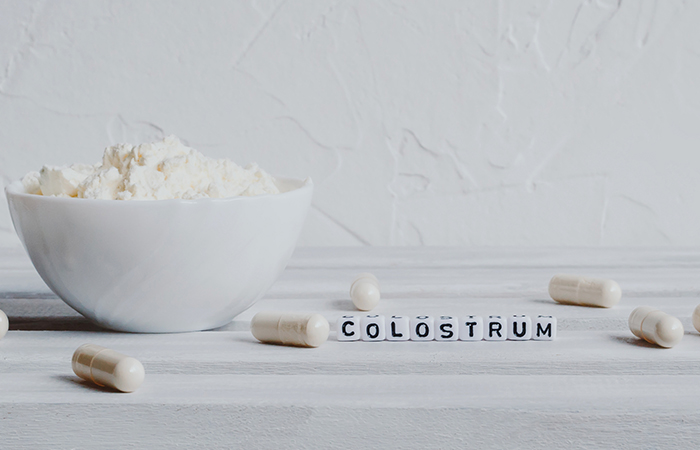10 High-Protein Plant Foods to add to your Diet

Introduction
When it comes to protein-rich foods, most people tend to think of animal sources like meat, poultry, and dairy products. However, there’s a diverse array of high-protein vegetables that can provide a significant boost to your protein intake while also offering a range of essential nutrients. Whether you’re a vegetarian, vegan, or simply looking to incorporate more plant-based foods into your diet, these vegetables pack a powerful protein punch that keeps you feeling full and satisfied. In this article, we’ll explore a variety of high-protein vegetables and their nutritional benefits.
10 Power-Packed Plant Proteins
1- Spinach
Popeye’s favorite green is not only rich in iron but also a surprising source of protein. With about 2.9 grams of protein per 100 grams, spinach is a versatile addition to salads, smoothies, omelets, and cooked dishes. Its high fiber content further enhances its ability to keep you full and aid in digestion.
2- Broccoli
Beyond its reputation as a nutrient powerhouse, broccoli also contains protein. A mere 100 grams of broccoli provides around 2.8 grams of protein. This cruciferous vegetable is also brimming with vitamins, minerals, and antioxidants that contribute to overall health.
3- Brussels Sprouts
Brussels sprouts are another cruciferous gem that delivers not only fiber and vitamins but also protein. About 100 grams of Brussels sprouts contain roughly 3.4 grams of protein. These mini-cabbages can be roasted, sautéed, or added to stir-fries to elevate your protein intake.
4- Peas
Peas are a versatile and protein-rich legume. With approximately 5.4 grams of protein per 100 grams, peas can be enjoyed fresh, frozen, or as part of dishes like soups, stews, and salads. They are also a good source of dietary fiber and essential vitamins like vitamin C and vitamin K.
5- Edamame
Edamame, or young soybeans, are a popular appetizer in Japanese cuisine. These vibrant green pods are not only delicious but also provide a substantial amount of protein, boasting around 11 grams per 100 grams. They’re also rich in essential amino acids and minerals like folate and manganese.
6- Lentils
Lentils are a well-known plant-based protein source, with roughly 9 grams of protein per 100 grams when cooked. These legumes come in various colors and sizes, offering versatility in the kitchen. They’re a staple in soups, curries, salads, and stews, providing a hearty and filling meal option.
7- Chickpeas (Garbanzo Beans)
Chickpeas are a beloved legume that can be transformed into hummus, roasted snacks, or added to salads for a protein boost. They contain about 8.9 grams of protein per 100 grams and are also a great source of dietary fiber, iron, and magnesium.
8- Black Beans
Black beans are a staple in many cuisines, known for their rich, earthy flavor and versatility. They provide approximately 8.9 grams of protein per 100 grams and are also packed with fiber, antioxidants, and various vitamins and minerals.
9- Quinoa
Quinoa is often referred to as a complete protein because it contains all nine essential amino acids. With roughly 4.1 grams of protein per 100 grams, quinoa is not only protein-rich but also gluten-free and a great source of dietary fiber, magnesium, and iron.
10- Green Peppers
Green peppers might not be the first vegetable that comes to mind when thinking about protein, but they contain around 1.3 grams of protein per 100 grams. While the protein content is relatively modest, they can still contribute to your overall daily intake, especially when used as a base for stuffed peppers.
Incorporating High-Protein Vegetables into Your Diet
– Mix and Match: Combine various high-protein vegetables to create colorful and flavorful salads, stir-fries, and side dishes.
– Add to Breakfast: Incorporate high-protein vegetables like spinach, broccoli, and peppers into omelets, scrambled eggs, or breakfast burritos.
– Create Protein-Rich Soups: Incorporate lentils, peas, or chickpeas into your homemade soups for an added protein boost.
– Build Plant-Based Bowls: Construct hearty bowls with quinoa or other grains as the base and top with a variety of high-protein vegetables, legumes, and a flavorful dressing.
– Snack Smart: Enjoy edamame, chickpea snacks, or roasted Brussels sprouts as satisfying and nutritious snacks.
– Experiment with Meatless Meals: Replace or reduce meat in your meals with high-protein vegetables to create satisfying and nutritious meatless options.
Conclusion
High-protein vegetables are not only nutrient-rich but also an excellent way to incorporate more plant-based protein into your diet. From spinach to lentils to chickpeas, these vegetables offer a diverse range of flavors and textures that can be enjoyed in various culinary creations. Embracing these protein-packed plant foods can help you meet your protein needs while also reaping the benefits of their valuable vitamins, minerals, and dietary fiber. Whether you’re a dedicated vegetarian or simply aiming to diversify your protein sources, these high-protein vegetables are a delicious and nutritious addition to your meals.










